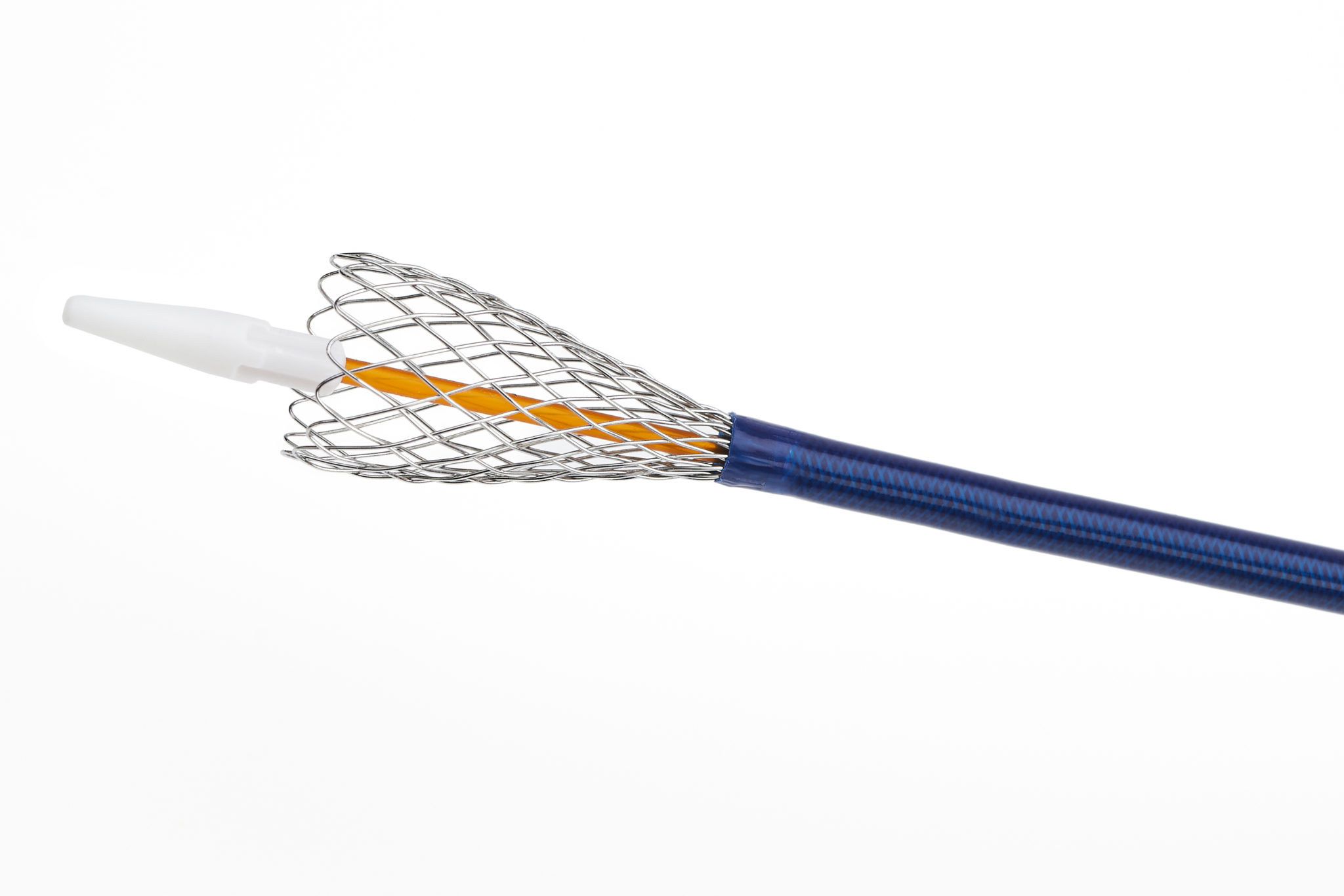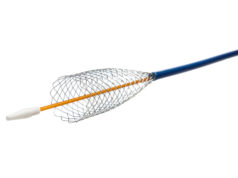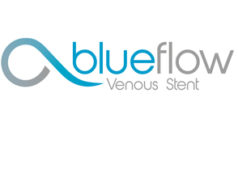 Medical device company Plus medica has announced that 10 patients have been treated with the company’s blueflow Venous Stent. The first cases were performed by Michael Lichtenberg, Klinikum Arnsberg, Arnsberg, Germany, and Nils Kucher, University Hospital Zurich, Zurich, Switzerland.
Medical device company Plus medica has announced that 10 patients have been treated with the company’s blueflow Venous Stent. The first cases were performed by Michael Lichtenberg, Klinikum Arnsberg, Arnsberg, Germany, and Nils Kucher, University Hospital Zurich, Zurich, Switzerland.
The blueflow Venous Stent, developed and manufactured in Germany, is a highly flexible nitinol, hand-woven, two-wire braided stent designed to treat venous outflow obstructions of the lower extremities. The device is being primarily used as an extension stent in patients with post-thrombotic syndrome (PTS) and lesions that extend below the inguinal ligament.
Lichtenberg, who performed the first-in-man case with blueflow and an additional five cases in March, says that the venous stent showed very good results in all patients. He adds, “We were pleasantly surprised with the performance of the device. We could implant the stent perfectly in the common femoral vein and the external iliac vein. Proximally, we implanted other dedicated venous stents and then used blueflow as an extension, and with this combination we have achieved very strong clinical outcomes so far.”
An ideal solution for the inguinal ligament
In Zurich, Kucher implanted blueflow in four PTS cases of various causes, and all patients experienced relief from symptoms such as pain and swelling following stent implantation. He comments that the characteristics of blueflow make the stent an ideal solution for the inguinal ligament area. “Until now, we did not have a stent for this indication. Laser-cut stents often present problems in the ligament area as they are a bit too stiff and tend not to move with the vessel. As blueflow is a woven stent, it does move with the vein. At least theoretically, the risk of fracture should be quite low, and in fatigue tests we did not see any fractures with the device,” he states.
Kucher also says that although the main advantage of blueflow is its high flexibility, the device can also provide resistance in areas where more radial force is needed. “The stent is so flexible that you can wrap it around your finger without compromising the lumen. In PTS, you do not need much resistance in the groin, but in cases where there is a need for resistance, you can compress the stent and get more radial force.”
“Having seen the limitations of other dedicated venous stents on the market, we wanted to come up with a solution that offers more options to physicians when stenting below the inguinal ligament,” says Georg Landsberg, plus medica founder and CEO. “We are now looking forward to collecting more data with blueflow and seeing how this stent performs in the long term, especially in this important area below the ligament.”
The blueflow Venous Stent received the CE mark in January 2018. The device is available in sizes 12–18mm in diameter and 60–150mm in length. In this initial phase post-CE marking, the device will be made available to experienced, dedicated venous centres.
In Germany, the device is being distributed under an agreement with ab medica.








